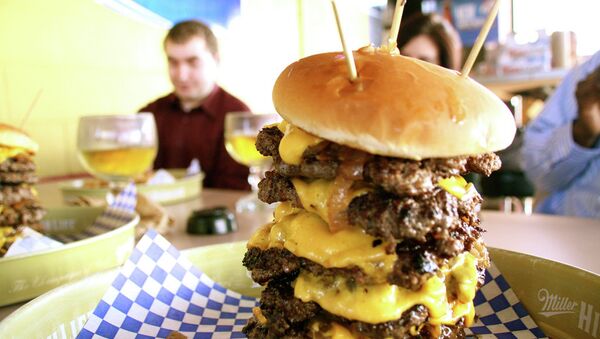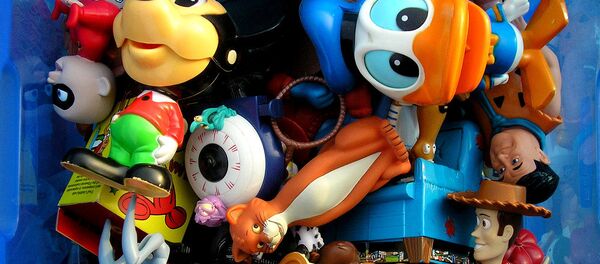The TTIP agreement would lead to a lessening in food safety and related standards, since the US chemical regulatory system is much less stringent than that in the European Union.
An example of this is that, in the US, children can drink fruit juices made with Red Dye No. 40 and eat macaroni and cheese colored with Yellow Dye No. 5 and No. 6. Yet in the UK, for instance, these artificial colorants have been taken off the market due to health concerns, while in the rest of Europe, products that contain them must carry labels warning of the dyes' potential adverse effect on children's attention and behavior.
According to the German campaign group, Bund für Umwelt und Naturschutz (BUND), the TTIP would undermine efforts to protect consumers from harmful, carcinogenic and hormonally active chemicals. BUND's Federal Chairman Hubert Weiger said:
"Human health must take precedence over the interests of the chemical companies. Under no circumstances should the precautionary approach we use to protect people from dangerous pollutants be used as a bargaining chip. There must be no harmonization or so-called mutual recognition in the context of TTIP."
Concerned about food safety? Here’s what you need to know about the #TPP and #TTIP: http://t.co/10O4wv1z6N pic.twitter.com/2yxvMBEETH
— Civil Eats (@CivilEats) June 23, 2015
Under the TTIP US-EU trade agreement, the world's largest chemical corporations — such as BASF, Dow Chemicals, Royal Dutch and ExxonMobil — would be able to attack US states' attempts to regulate for chemical safety. All these companies use chemicals used to manufacture anything from children's toys, food stuffs, hairspray to clothes.
Culturally Different Regulatory Systems
Members of the European Parliament are fighting to maintain control of the EU regulatory system REACH, the Regulation on Registration, Evaluation, Authorization and Restriction of Chemicals. However, critics of TTIP say the agreement would lead to a harmonization of regulations between the EU.
"The TTIP will try to lower the EU food safety standards and bring them closer to those of the US" http://t.co/qb2OpAxs2L #TMM
— The Market Mogul (@The_MarketMogul) June 26, 2015
According to Chemical Watch, EU and US legislation on chemicals are structurally and culturally different. The legal basis for the US regulation of chemicals is the Toxic Substances Control Act (TSCA). Dating from 1976, it is generally considered a huge failure because it leaves to the US Environmental Protection Agency (EPA) the burden of proving that a chemical poses an unreasonable risk before being able to apply a restrictive rule to it — whilst using the least burdensome means. Due to this mechanism, only five of approximately 62,000 "existing" chemicals have been restricted under TSCA.
#TTIP will render food safety standards obsolete, putting profit before people #uLGC15
— mschin (@mschin01) June 15, 2015
BUND says more than 1,300 cosmetic chemicals in the European Union are banned in Europe including 80 pesticide active ingredients which are approved in the United States. The EU applies the principle of ' no data, no market ' for producers of chemicals. A proof obligation is prescribed for their safety as a prerequisite for marketing. Bans and restrictions on admission according to the precautionary principle are possible even if the final proof of the risk posed by a chemical was still not provided.
"The #TTIP does not threaten environmental protection, food safety standards, NHS, public services or culture." @jacq0108 #UCLBindmans
— Max Schofield (@maxschofield) June 17, 2015
"The population of the United States and the EU must be protected as best as possible from hazardous chemicals. With TTIP chemical companies want to achieve exactly the opposite on both sides and across the Atlantic," said Weiger.





